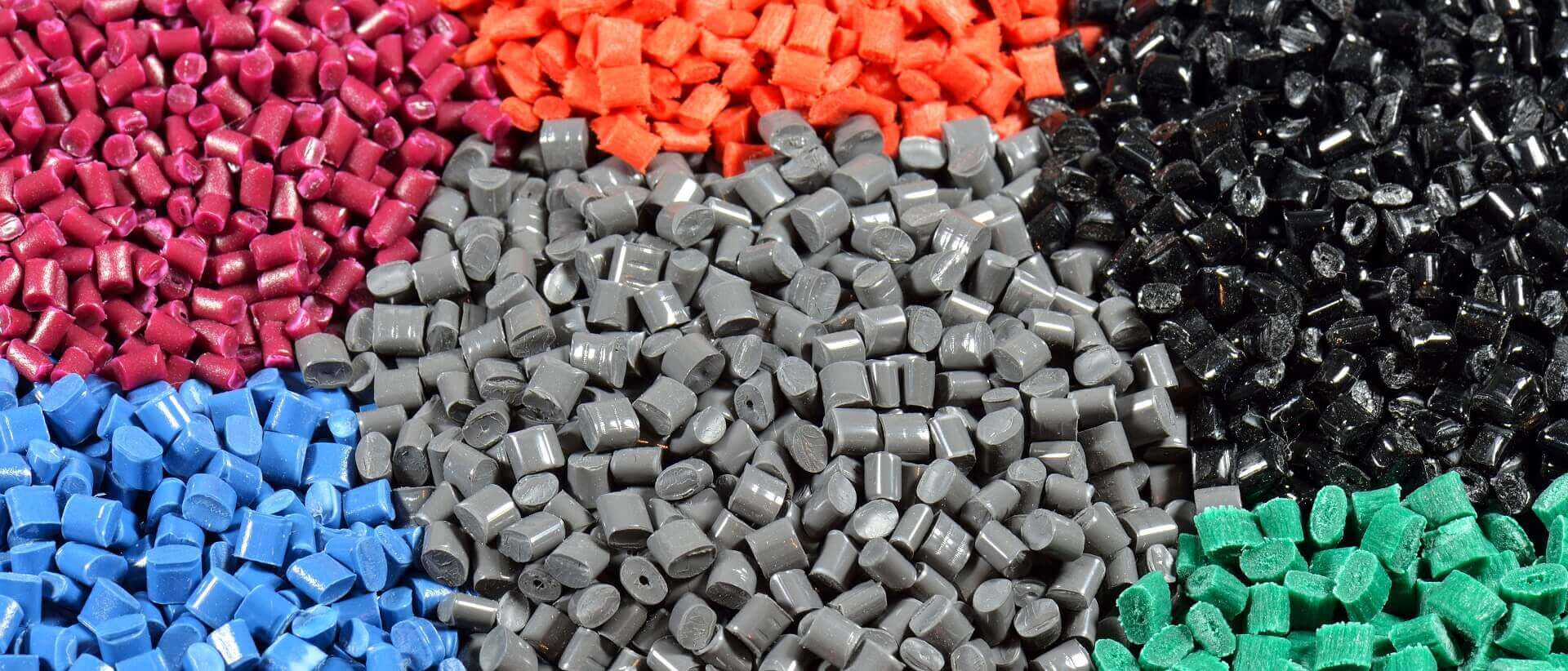Plastic coating comparison (PE vs. ABS vs. PVC vs. PP)
Not all pipe-and-joint systems are the same. You should research the type of plastic coating used to cover the pipes you buy as well as how it’s constructed. We have put together this comprehensive article on the differences between the four major polymers used to cover pipes from various material handling systems.
Here are the criteria for choosing the right pipe coating:
Is it environmentally friendly?
For us, this is the most important factor. Being able to recycle pipes once they are no longer usable is very important in a world where everyone is trying to make the right choices for the environment.
How well does it resist cold and heat?
Depending on your industry, you may need to keep structures outside at times or transport them in trucks in between facilities. Some users of material handling systems put their structures in the oven for drying purposes; certain plastics are better than others for those applications.
Does it have a wide color range?
Different materials can achieve different color palettes. It may seem unimportant at first. However, some industries use color-coding, which means that color accuracy is important. Choosing a plastic that doesn’t come in the color(s) used in your industry could be a downside.
Does it have a high strength-density ratio?
It is important to make sure you get the most durable material possible if your industry uses the plastic in rough conditions. This adds both usability and aesthetic value by making the pipe coating resistant to scratches and marks.
HDPE
HDPE, formerly known as high-density polyethylene, is a thermoplastic made from petroleum. Sometimes just called polyethylene, this material has many characteristics, making it a great candidate for covering metal pipes. This thermoplastic is used for a wide range of applications across all industries. In our industry, HDPE is used as a coating for pipes and surfaces, containers, side panels, separators and more. At Flexpipe, HDPE is used to coat our pipes and for many surface applications.
Highlights
Eco-friendly material that is easily recycled and doesn’t need to be glued.
High strength-to-density ratio, making it very durable.
Wide and precise color range available.
Good resistance to heat and cold.
ABS
Acrylonitrile butadiene styrene, also known as ABS, is a thermoplastic polymer made by a polymerization process that involves styrene, acrylonitrile, and polybutadiene. This polymer is used in many industries for its wide range of applications. This plastic has been criticized in recent years for being produced using a less environmentally friendly process. However, this plastic is still one of the most widely used due to its low price.
Highlights
ABS must often be glued to metal pipe, making it non-recyclable
High strength-to-density ratio makes it very durable.
Wide color range available.
Fairly resistant to heat and cold.
PVC
PVC, formerly known as Polyvinyl Chloride, is created from Chlorine and Carbon. As the third-most-popular plastic worldwide, this is a favorite of DIY builders everywhere. The applications of this material are almost infinite. PVC has many advantages. However, pipe and joint systems are a unique market, and plastic with this much flexibility is not necessarily best for the purpose of pipe coating.
Highlights
PVC is not environmentally friendly and is often considered “the poison plastic.”
Moderate strength-to-density ratio makes it durable.
Basic color range available.
Good resistance to heat and fair resistance to cold
PP
PP or Polypropylene is one of the two most popular plastics in the world, with polyethylene being the other ,one. This thermoplastic, which is also called polyproline, is one of the best polymers available for many applications.
Highlights
Eco-friendly material that is easily recycled and doesn’t need to be glued.
Moderate strength-to-density ratio, making it durable.
Wide color range available.
Good resistance to heat and cold.


